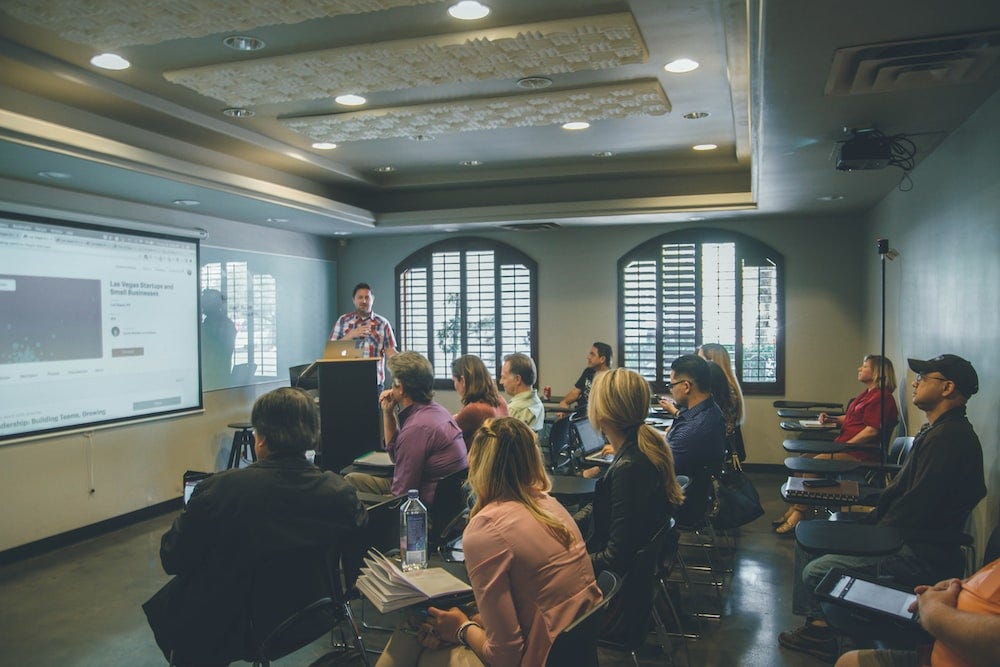Innovative Teaching Techniques: Navigating Education in the Digital Age
The advent of the digital age has transformed the education landscape, making traditional teaching methods seem outdated and ineffective. In a world where information is at our fingertips, educators are constantly challenged to adapt and find innovative ways to engage and empower their students. This blog explores the evolving realm of innovative teaching techniques, shedding light on how educators are navigating the dynamic world of education in the digital age.

The Digital Age and Education
The digital age has ushered in an era of unprecedented access to information, collaboration, and technology. In this new paradigm, education must keep pace with the rapidly evolving needs of students. Here’s how innovative teaching techniques are helping educators adapt to the digital age:
1. Flipped Classroom
The flipped classroom model reverses the traditional teaching method. Students are introduced to new concepts through online materials or videos at home, allowing class time for discussions, problem-solving, and hands-on activities. This technique leverages technology to create more interactive and engaging in-class experiences.
2. Gamification
Gamification involves using game elements and mechanics in non-game contexts, such as education. Teachers are using educational games and interactive simulations to make learning fun and engaging. Gamified lessons can boost student motivation and retention.
3. Personalized Learning
Digital tools and platforms enable teachers to tailor instruction to each student’s pace and learning style. Adaptive learning software provides real-time feedback and adjusts the difficulty level of assignments to match the student’s abilities, creating a more personalized and effective learning experience.
4. Virtual Reality (VR) and Augmented Reality (AR)
Virtual Reality and Augmented Reality have made their way into the classroom. Educators can use VR to take students on virtual field trips or immerse them in historical events. AR applications can overlay information and interactive elements onto physical textbooks, making learning more dynamic.
5. Blended Learning
Blended learning combines face-to-face instruction with online learning. This approach offers flexibility and allows students to access content and resources remotely. It’s an effective way to cater to diverse learning styles and schedules.
In the digital age, students need to learn academic subjects and digital citizenship skills. These skills encompass online safety, ethical behaviour, and responsible use of technology. Educators are incorporating digital citizenship education to equip students with the knowledge and values to navigate the digital world responsibly.
Teacher Professional Development
Adapting to the digital age is not only about technology but also about teachers. Professional development programs empower educators with the skills and knowledge they need to effectively integrate technology into their teaching. This ongoing learning is crucial to ensuring teachers stay current and confident using innovative techniques.
Innovative teaching techniques have become a cornerstone of modern education, enabling educators to meet the evolving needs of students in the digital age. From flipped classrooms to gamification and personalized learning, these techniques not only make learning more engaging but also better prepare students for a technology-driven world. As educators continue to navigate the complexities of education in the digital age, the focus remains on creating meaningful, dynamic, and adaptable learning experiences that foster a love of learning and equip students with the skills they need to thrive in the 21st century.

Comments
Post a Comment